The Cinnamon Cockatiel: A Comprehensive Guide to Care, Personality, and Facts
Immerse yourself in the world of Cinnamon Cockatiels, exploring their unique personality traits, care requirements, and fascinating facts.

Cinnamon Cockatiels are a captivating variety of one of the most popular pet birds in the world. With their unique coloring and endearing personalities, they make for delightful companions. This comprehensive guide will delve into everything you need to know about caring for these charming birds, understanding their behavior, and appreciating the fascinating facts about their species.
Key Takeaways:
- Cinnamon Cockatiels are a color mutation of the standard grey cockatiel, known for their warm, chocolate brown coloring and pale yellow feathers.
- They are part of the cockatoo family and exhibit many of the same behaviors and personality traits, making them good pets for bird enthusiasts.
- Proper care, including a balanced diet, regular vet check-ups, and social interaction, is essential for maintaining the health and happiness of a cinnamon cockatiel.
Understanding the Cinnamon Cockatiel
Cinnamon Cockatiels are a striking variation within the cockatiel species, which is a member of the parrot family. Their cinnamon coloring is due to a sex-linked recessive mutation that affects the brown pigment in their feathers. This results in a softer, more diluted coloration compared to the standard grey cockatiel. The males often have a bright yellow face and orange cheek patch, while the females may exhibit yellow barring on the underside of their tail feathers.
Bird breeders and pet stores alike find cinnamon cockatiels to be typically higher priced than other mutations due to their unique coloring. These birds are not only visually appealing but also known for their sweet disposition and ability to mimic sounds, which makes them highly sought after by pet cockatiel owners.
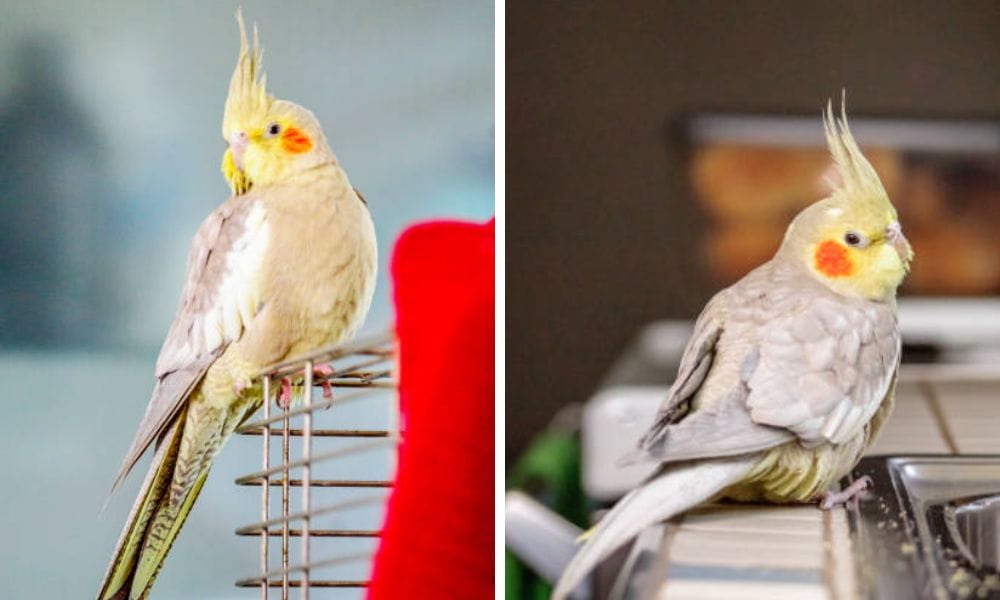
Caring for Your Cinnamon Cockatiel
When it comes to caring for a cinnamon cockatiel, there are several important factors to consider. A spacious cage is your best bet to ensure your bird has enough room to move around and stretch its wings. The cage should be equipped with perches, toys, and a nesting area if you have a pair. It's also crucial to keep the cage clean to prevent any health issues.
Diet is another vital aspect of care. Cinnamon cockatiels, like all cockatiels, require a balanced diet consisting of seeds, pellets, fresh fruits, and vegetables. Providing a variety of foods will help ensure they receive all the necessary nutrients. Remember to provide fresh water daily and avoid foods that are toxic to birds, such as avocado, chocolate, and caffeine.
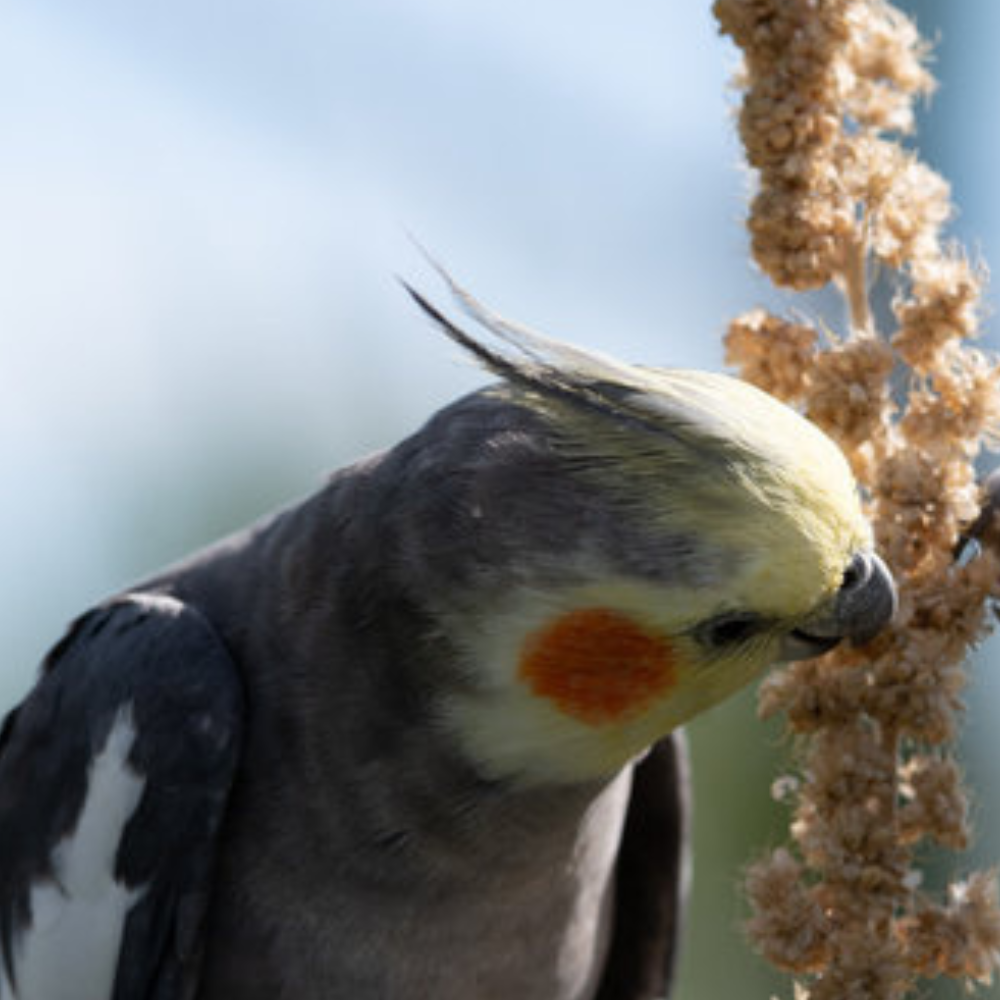
Personality Traits of Cinnamon Cockatiels
Cinnamon cockatiels are known for their affectionate and sociable nature. They thrive on interaction with their owners and can form strong bonds. These hardy birds are also quite intelligent and can learn to perform tricks and mimic sounds, including whistles and sometimes speech. It's important to spend time with your pet cockatiel daily to keep them mentally stimulated and emotionally satisfied.
Despite their friendly nature, cinnamon cockatiels, like all birds, have their own personalities and may exhibit different behavior patterns. Some may be more independent, while others may demand more attention. Understanding and respecting your bird's individual personality is key to a harmonious relationship.
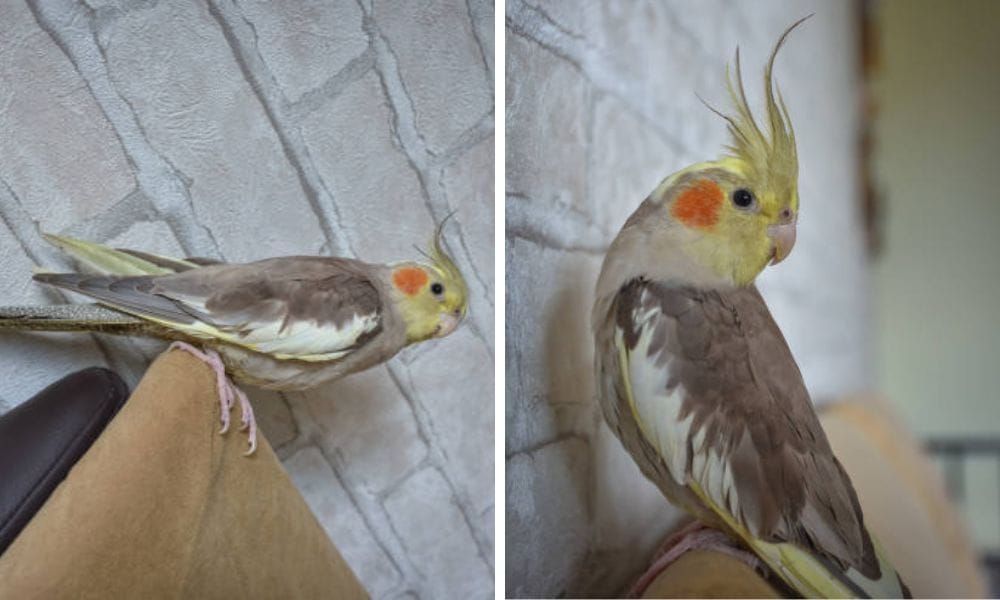
Health and Lifespan
Cinnamon cockatiels are generally hardy birds, but they require proper care to live a long and healthy life. With adequate nutrition, exercise, and regular veterinary check-ups, a cinnamon cockatiel can live up to 15-20 years. It's important to be aware of common health issues such as respiratory infections, feather plucking, and obesity, which can be mitigated with proper care and attention.
Regular vet visits are crucial for early detection of any potential health problems. A vet specializing in avian medicine is your best resource for ensuring your cinnamon cockatiel stays in top health.
Breeding Cinnamon Cockatiels
Breeding cinnamon cockatiels can be a rewarding experience for bird enthusiasts. Understanding the genetics behind the cinnamon mutation is important for breeders. Since it's a sex-linked recessive mutation, breeding strategies must be carefully planned to produce cinnamon offspring. It's also essential to ensure that both parent birds are healthy and free from genetic defects to avoid passing on any health issues to the young birds.
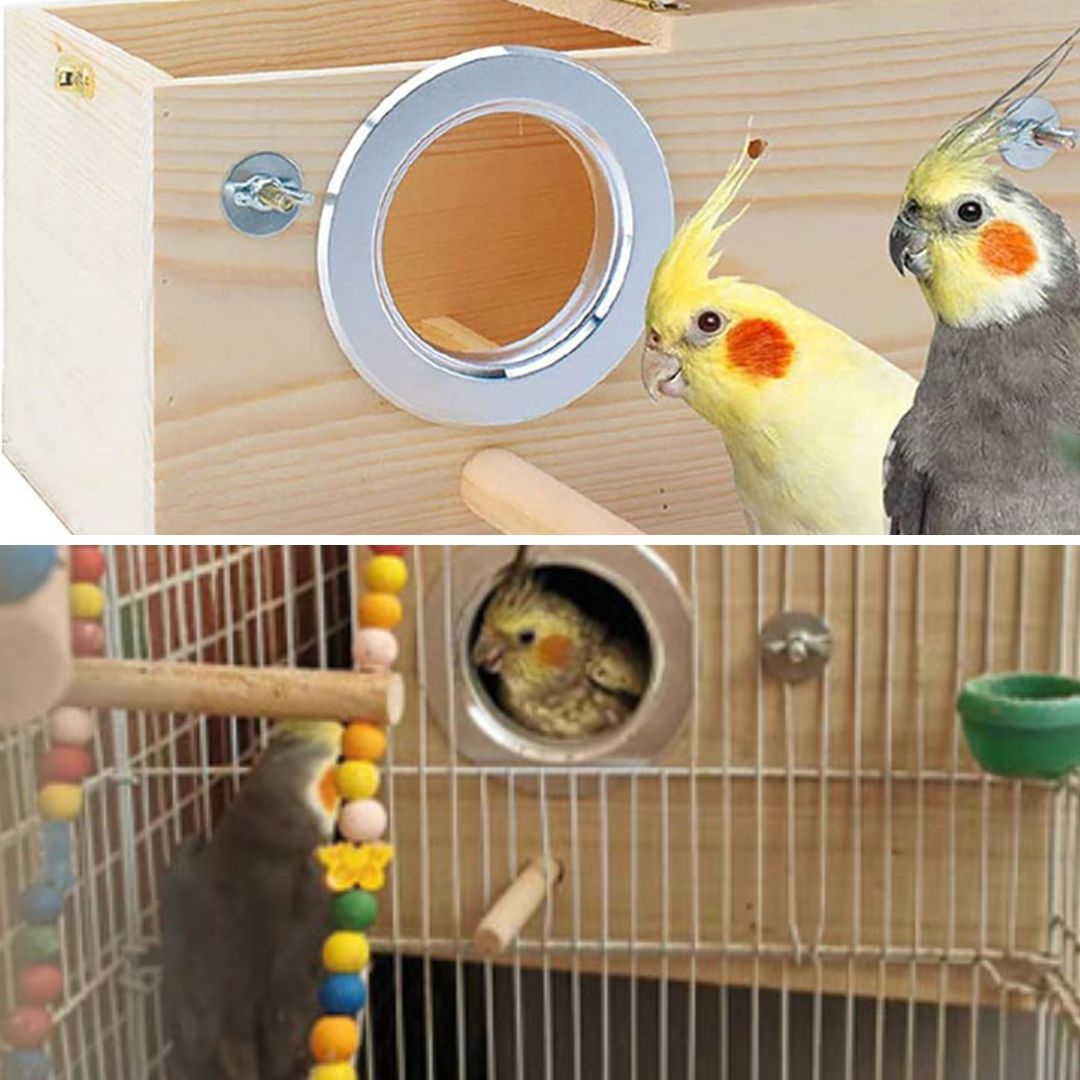
When breeding cinnamon cockatiels, it's important to provide a comfortable and secure environment for the breeding pair. This includes a nesting box and a calm setting to encourage successful breeding and hatching.
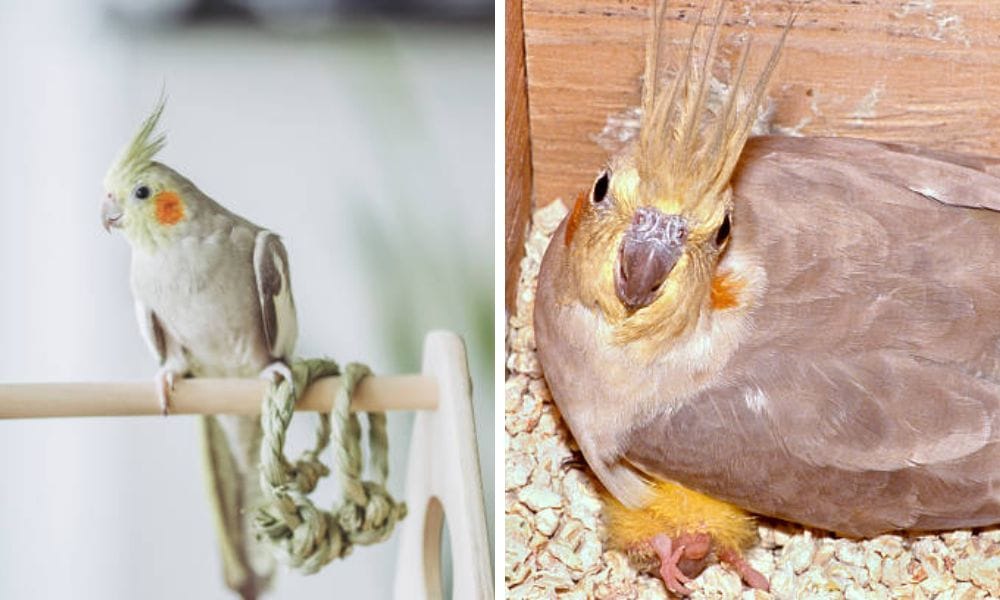
The Unique Charm of Cinnamon Pearl Cockatiels
Have you ever come across a cinnamon pearl cockatiel? These pet birds are a feast for the eyes, with their delicate feather patterns and warm, cinnamon-hued overall plumage. The 'pearl' in their name refers to the speckled pattern, much like a pearl necklace, that adorns their back and wings. This pattern is especially prominent in females, and while it may fade in males as they mature, it adds an extra layer of beauty to these already striking birds. Bird stores often showcase these cockatiels as a testament to the variety and beauty found within cockatiel mutations.
The isabelle cockatiel, another variant, is often mistaken for the cinnamon pearl due to its similar soft, warm coloring. However, the isabelle cockatiel boasts a more muted tone and lacks the distinctive pearl patterning. Both these mutations are sex-linked recessive, meaning that their unique coloring is the result of a specific genetic inheritance. It's fascinating to see how these genetic traits manifest in the birds' feathers, and enthusiasts like Barbara Rost, who have studied cockatiel mutations, often provide valuable insights and pictures that help identify and appreciate the nuances of these lovely creatures. Decoding the Genetics of Cinnamon Cockatiels Cinnamon Cockatiels are not just a delight to the eye, but also a fascinating subject for those interested in avian genetics. The cinnamon coloration is a result of a sex-linked recessive mutation, which means that the gene responsible for this trait is located on the sex chromosomes. In cockatiels, as in many birds, females have two different sex chromosomes (ZW) and males have two of the same (ZZ). This means that a male needs only one copy of the mutation from either parent to exhibit the cinnamon phenotype, while a female needs two copies, one from each parent.
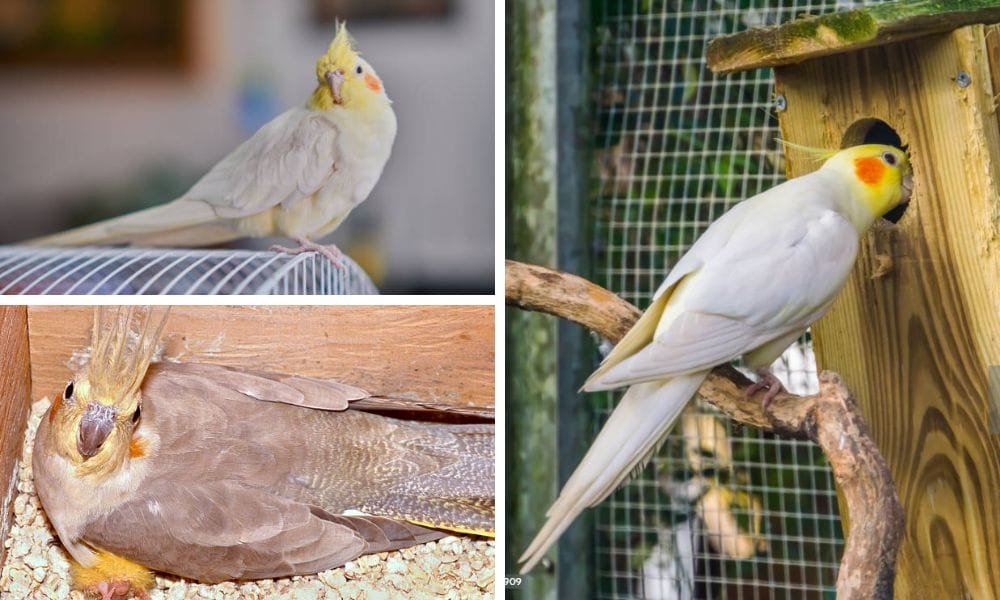
Understanding the genetics behind your pet bird can be incredibly rewarding and can also help when considering breeding. If you breed a cinnamon cockatiel with a partner that carries the gene, even if they don't show the coloration themselves, there's a chance their offspring could be cinnamon as well. This is similar to how other mutations, like pastel face or white faces, are inherited. Breeders often keep detailed records to track these genetics and predict the coloration of baby cockatiels, making breeding not just an art but a science.
The Spectrum of Cinnamon Cockatiel Variations When it comes to cinnamon cockatiels, the variety doesn't end with the warm, chocolatey feathers. The cinnamon mutation can combine with other mutations to create a stunning array of colors and patterns. For instance, a cinnamon cockatiel might also carry the 'whiteface' gene, which eliminates the yellow and orange pigments, resulting in a bird with a striking contrast between its white face and cinnamon body. Another beautiful variant is the 'pastel face', which softens the colors, giving the bird a more muted, pastel-like appearance.
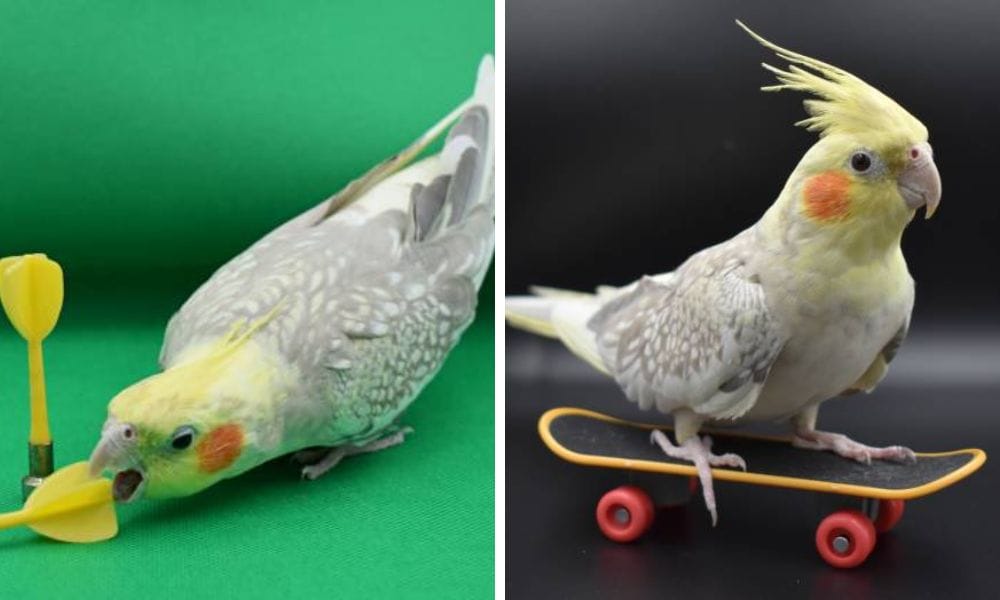
Moreover, the 'dominant silver' mutation can also interact with the cinnamon trait, leading to a bird with a silvery hue overlaying the cinnamon color. Each combination offers a unique description cockatiels enthusiasts love to see. It's important to note that these variations can affect both the appearance and the value of the bird in the pet market. As with any breed of parrots, the rarity and desirability of certain color combinations can make some cinnamon cockatiels particularly sought after by collectors and avian aficionados.
Cockatiel Behavior and Training Insights
Understanding cockatiel behavior is crucial for any proud mom or dad of these feathery friends. Cockatiels are known for their social and affectionate nature, often displaying a range of behaviors that indicate their mood and needs. For instance, a cockatiel with its crest raised is typically alert or curious, while a crest flattened against the head might signal aggression or fear. Observing these subtle cues can help pet owners better interact with their birds, ensuring a harmonious relationship.
Training your cockatiel can be a rewarding experience, as these birds are quite intelligent and capable of learning a variety of tricks and commands. Whether it's teaching them to step up onto your hand or having their wings clipped for safety, consistent and gentle training is key. It's important to note that wings should be clipped by a professional to prevent injury. Additionally, introducing new challenges and activities can help keep your cockatiel engaged and prevent behavioral issues. With patience and positive reinforcement, cockatiels can become well-behaved and even more endearing members of the family.
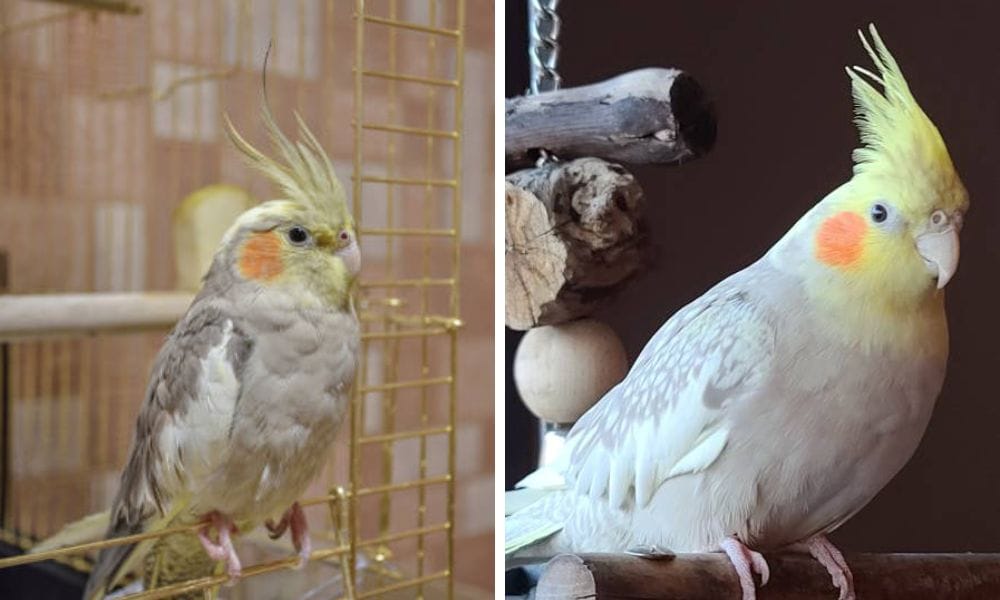
Socialization and Training
Socialization is key to a well-adjusted cinnamon cockatiel. Introducing your bird to various people, environments, and experiences at a young age can help prevent fear and aggression. Training sessions not only strengthen the bond between you and your bird but also provide mental stimulation. Positive reinforcement techniques, such as offering treats for desired behaviors, are the most effective training methods for cockatiels.
Training your cinnamon cockatiel to step up onto your hand or perform simple tricks can be a fun way to interact with your pet. Patience and consistency are important during training sessions, as birds can take time to learn new behaviors.
The Cinnamon Mutation Explained
The cinnamon mutation in cockatiels affects the enzyme responsible for depositing melanin in the feathers. This results in the brown pigment being washed out, giving the feathers a warm, cinnamon hue. This mutation can occur in various patterns, such as the cinnamon pied cockatiel or the cinnamon pearl cockatiels, each with its own distinct appearance.
Understanding the genetics behind these color mutations can be fascinating for bird enthusiasts and is crucial for breeders who aim to produce specific color variations in their offspring.
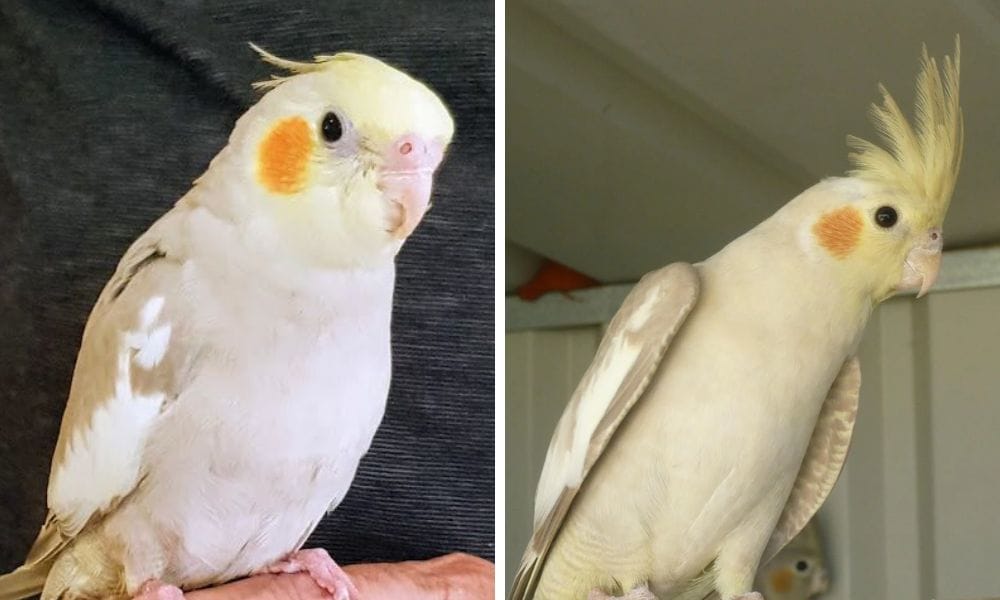
Diet and Nutrition
A balanced diet is essential for the health of your cinnamon cockatiel. Seeds alone are not sufficient, as they can lead to nutritional deficiencies. A mix of high-quality pellets, fresh fruits, and vegetables should make up the bulk of their diet. Occasional treats like cooked eggs or a small amount of cheese can be offered, but should not be a regular part of their diet.
It's also important to provide calcium sources, such as cuttlebone or mineral blocks, especially for females who may lay eggs. Always ensure that any dietary changes are introduced gradually to avoid digestive upset.
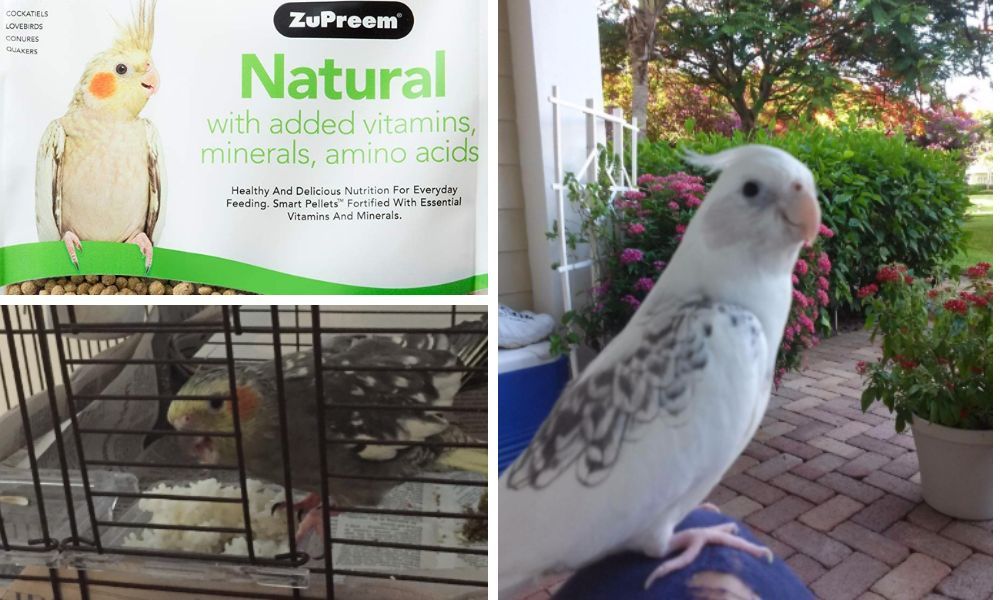
Housing and Environment
The environment you provide for your cinnamon cockatiel can greatly affect its well-being. The cage should be placed in a part of your home where the bird can interact with the family but is also safe from hazards like kitchen fumes or drafts. The cage should be large enough for your bird to flap its wings and have multiple perches of varying textures and diameters to promote foot health.
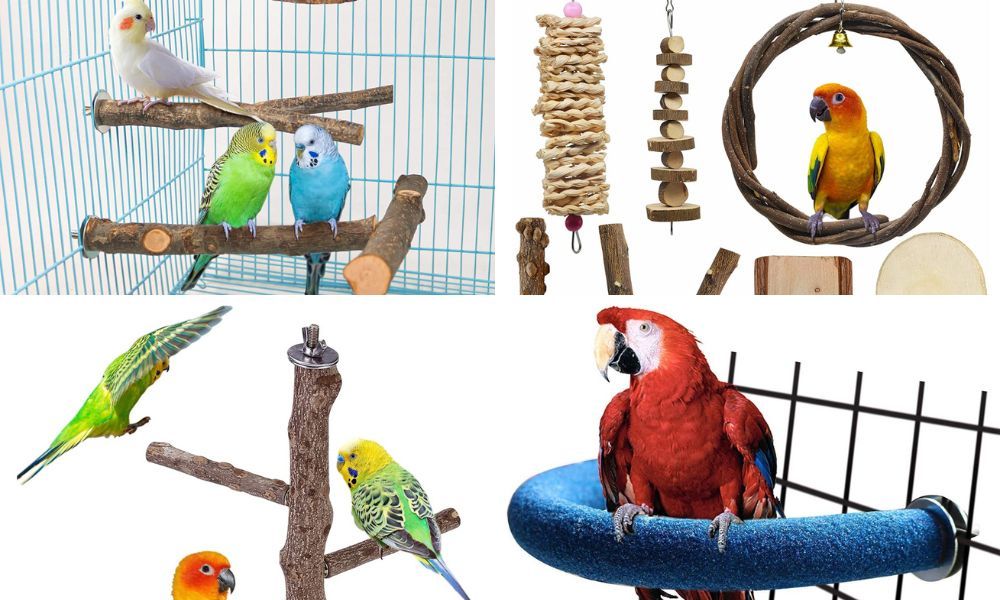
Environmental enrichment is also key. This includes providing a variety of toys that encourage foraging, chewing, and problem-solving. Rotating toys regularly can help keep your bird engaged and prevent boredom.
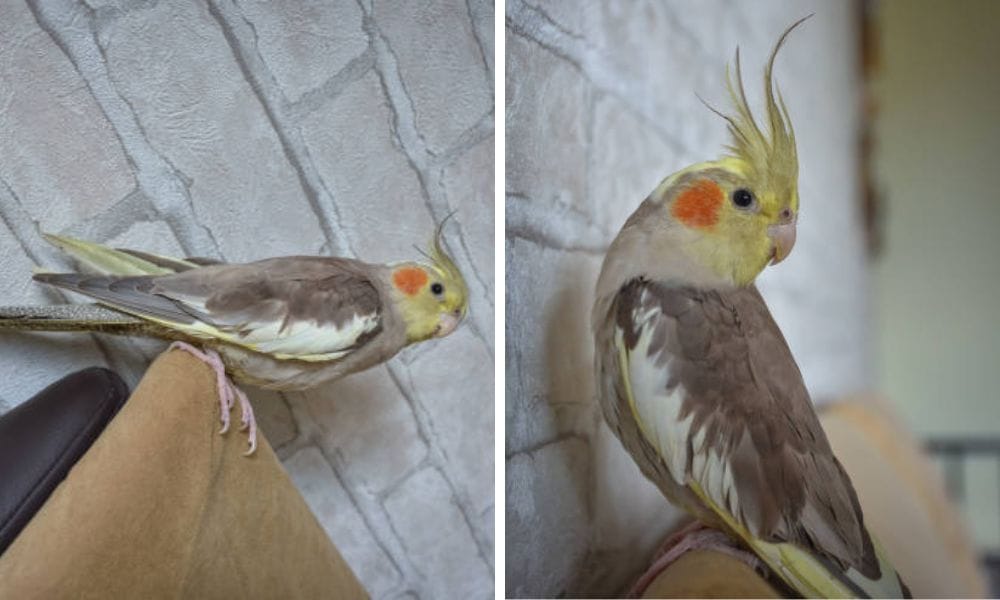
Common Health Concerns
Cinnamon cockatiels, like all pet birds, can be prone to certain health issues. Respiratory problems can be common, often due to poor air quality or drafts. Obesity is another concern, usually due to a diet too high in fat and a lack of exercise. Regular health check-ups with an avian vet can help catch these issues early.
It's also important to be aware of signs of illness in your bird, such as changes in droppings, behavior, or appetite. Early detection and treatment are crucial for the health of your cinnamon cockatiel.
The Joy of Owning a Cinnamon Cockatiel
Owning a cinnamon cockatiel can be an incredibly rewarding experience. Their unique coloring, friendly nature, and intelligence make them wonderful companions. They are capable of forming strong bonds with their owners and can provide years of joy and companionship.
It's important to remember that owning a bird is a long-term commitment. Cinnamon cockatiels require time, attention, and proper care to thrive. But for those willing to invest in their well-being, these birds can be a source of endless fascination and love.
Summary
The cinnamon cockatiel is a beautiful and engaging member of the cockatoo family, known for its cinnamon coloring and affectionate personality. Proper care, including a balanced diet, spacious living environment, and regular veterinary care, is essential for their health and happiness. With their ability to mimic sounds and their sociable nature, cinnamon cockatiels make for delightful companions that can bring joy to any bird lover's home.
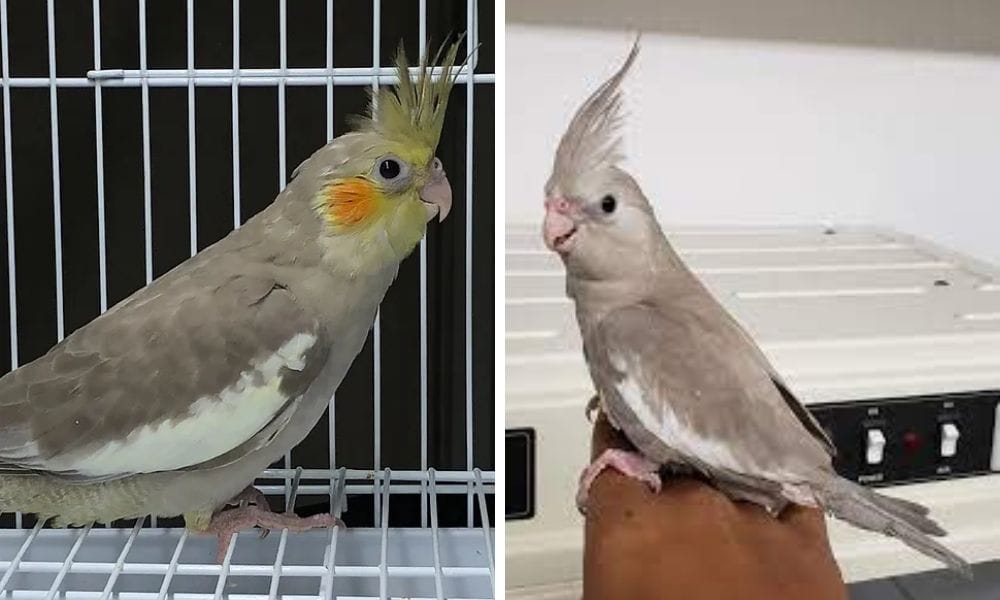
FAQ Section
Q: How can I tell if my cinnamon cockatiel is male or female? A: Sexing cinnamon cockatiels can be challenging, but there are some indicators. Males typically have a brighter yellow face and may lose the yellow barring on their tail feathers after their first molt. Females often retain the barring and have a more muted face color. DNA testing is the most accurate way to sex cockatiels.
Q: Do cinnamon cockatiels require a lot of attention? A: Yes, cinnamon cockatiels are social creatures and do require regular interaction with their owners. They enjoy being part of the family and can become lonely and depressed if left alone for long periods.
Q: Can cinnamon cockatiels talk? A: Cinnamon cockatiels can mimic sounds and may learn to say a few words, but they are not known for their talking ability like some other parrot species. They are more likely to whistle or mimic household noises.

